This article has the following sections.
A Ritzian Interpretation of Variable Stars
Non-pulsating Cepheid Variables
Ritzian Gamma-Ray Bursts
Ultra High Energy Cosmic Rays
Modeling Geminga
Unsung Binaries and de Sitter's Whimsical Images?
GRB 790731 and omega Geminorum
Modeling Geminga
Installed 5 Nov 2000 - Latest update, 21 Sep 2012.
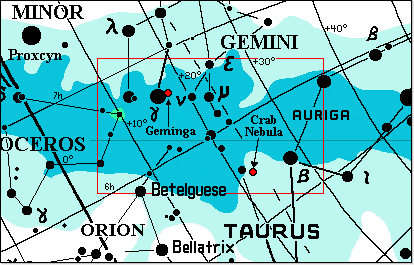
Locations of Geminga and Crab Pulsars
Border of
Astronomy Picture of the Day (APOD) for June 24, 1995 shown in red.
Right Ascension
Declination
Geminga SN 437
06hr 33min 54sec
17deg 46min 12.9sec
Crab PSR0531 +21
05hr 34min 32sec
22deg 00min 52.0sec
See A Ritzian Interpretation of Variable Stars
for background material on the astrophysical hypothesis being modeled on
this web page.
The light curve of the Geminga gamma-ray pulsar is double-peaked (with an interior bridge). It's repetition period is about 1/4 second (0.237 sec) and at least one neutron star is thought to be involved in the production of the pulse train.
Here is the NASA/GSFC EGRET lightcurve of Geminga.
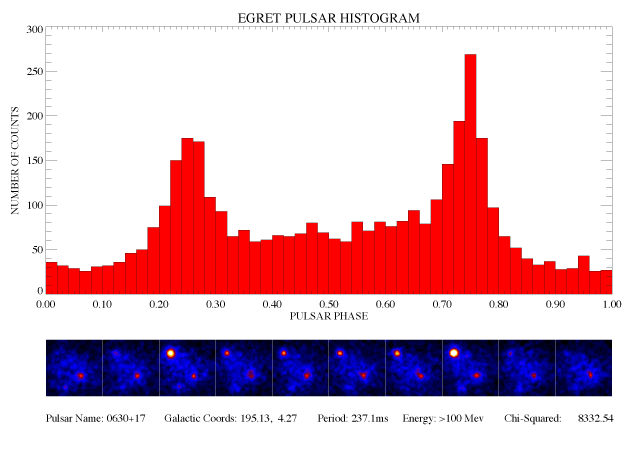
Credit: P. Sreekumar (NASA/GSFC)
Below are computer modeling printouts for a Ritzian relativity process which may be responsible for Geminga's unique light curve. The printouts show light and apparent radial velocity curves for a single visible component of a close binary star system with an extinction distance of 1.5 times the Ritz-de Sitter overtaking distance (Lo). (An extinction distance on the order of 2.5 Lo will be needed to more properly approximate the Geminga light curve.)
The orbit being modeled has an eccentricity of 0.2 and print-outs are made for perihelion angles decremented in 90 degree steps. (Orbit eccentricities are exaggerated in the figures.)

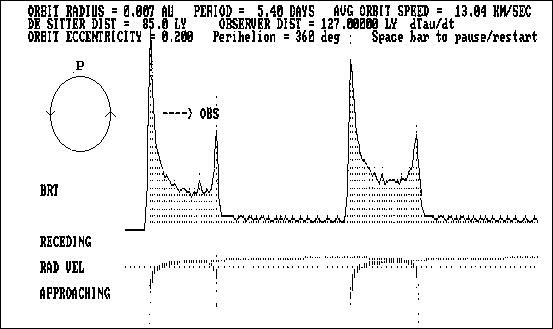
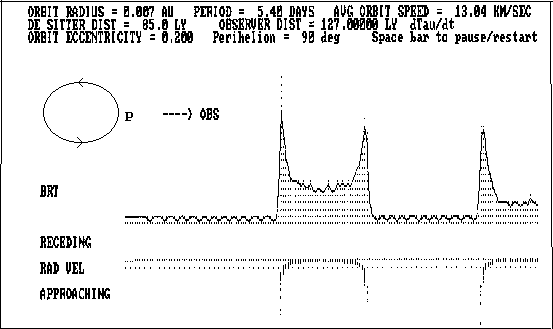
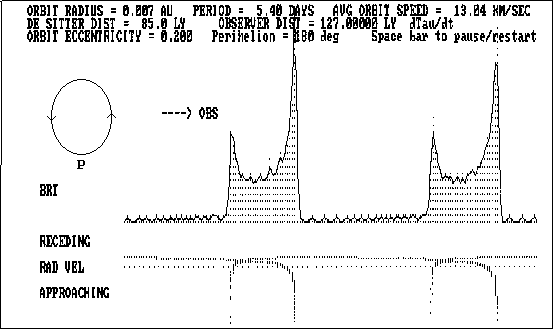
Recommended reading.
[pdf] GLAST Exploring - Exploring the high-energy gamma-ray universe